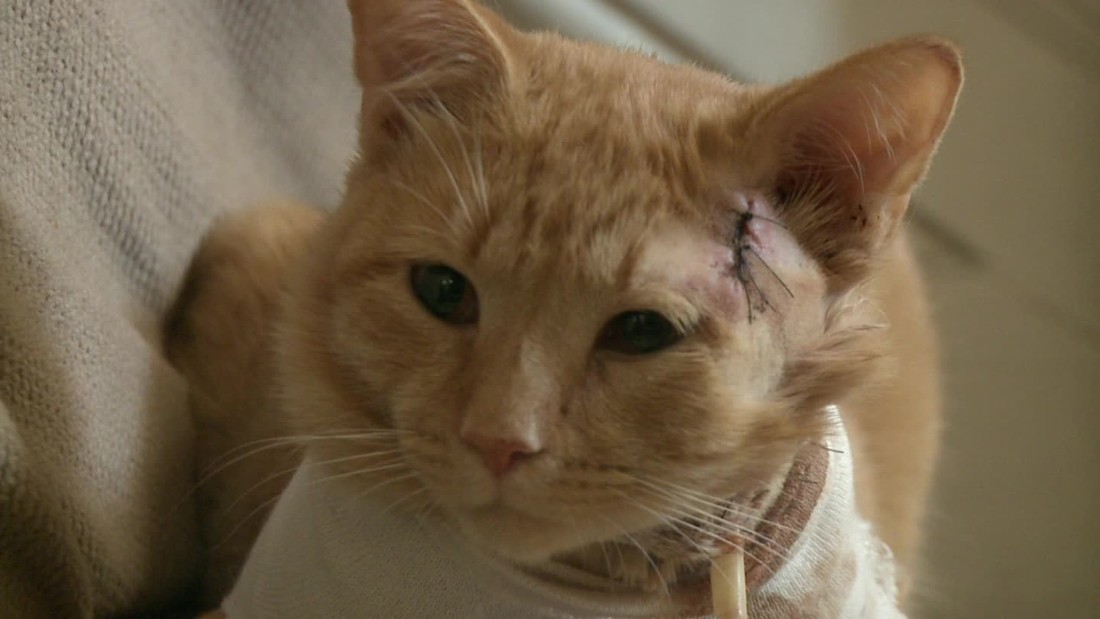

Obligate parasites: these types of parasite require living tissue for their larvae to survive.There are three main types of myiasis causing parasites: In most cases, for the larvae to survive they need to feed off the host. Myiasis occurs when the flies lay eggs in a host, in this case a cat. The larave are referred to as maggots, worm-like creatures which metamorphosize into the winged insects we recognize as flies. Their life cycle involves larvae which develop into pupae and then the adult fly. It is a very large group with over 1,000,000 estimated species. Ivermectin at dosages of 50, 100 and 300 micrograms per kg to infested cattle resulted in 100% larval mortality for at least 6, 12 and 14 days respectively.Diptera is an order of insects which encompass true flies.
#FLY STRIKE CATS TREATMENT SKIN#
Treatment involves killing the larvae in the skin lesions, clipping the hair or wool, removing as many larvae as possible, applying an insecticide to kill larvae and to prevent secondary re-infestation, treating wounds promptly and effectively and providing an environment hostile to flies. The sterile males are able to mate and the release of sufficient sterile males in an area will lead to eradication. The female mates only once, and when mated with a sterile male lays eggs that do not hatch. Screwworms have been controlled in a number of countries by the release of irradiated sterile male flies. All skin wounds should be promptly treated and the wool clipped away from the affected area. Prevention is by clipping the wool around the crutch, docking the tails of lambs to lessen faecal contamination, controlling scouring and reduction in fly numbers by burying carcasses and destruction of fly breeding areas, and the application of insecticides and larvaecides to the skin or fleece by dipping or jetting. In the early stages larvae may be found in pockets in the wool before they have reached the skin.The affected wool is moist and usually brown in colour.The wool may be lifted slightly above the surrounding wool.Sheep are restless, wriggle their tails continuously and move about from place to place.Affected animals become depressed, stand with their heads down, do not feed, and attempt to bite the infested areas.Bad Strikes can cause death from shock, toxaemia or infection. Mild Strikes can cause rapid loss of condition. Once established, Fly Strikes can spread rapidly and attract more flies. Second stage larvae can scrape the skin with their mouth hooks to obtain food. The maggots can then tunnel through the thinned top layer of the skin and go deeper, producing tissue cavities in the skin which may be several centimeters in diameter.Īdvanced wounds may contain several thousand maggots and the animal may die of shock, toxaemia and infection. The larvae irritate, injure and kill successive layers of skin and produce exudates.

Opportunistic larvae move over the skin surface, ingesting dead cells, exudate secretions and debris, but not live tissue. Moisture, and nutrients from serum, faeces etc are necessary for survival of first stage larvae.

Warm, humid weather favours fly strike and by far the most common site affected is the breech, because of soiling and irritation of the skin by urine in this area. Castration wounds, docking wounds and wounds around the head are favoured sites for fly strike.Įggs, usually laid below the tips of the fleece, hatch within 24 hours if conditions are moist. Young animals with softer skin and sheep with skin folding or wrinkling around the thighs, back or tail are susceptible. Humans are sometimes affected by fly strike.Īdult flies are attracted to moist wounds, skin lesions or a soiled hair coat. Screwworms tend to target cattle.Īll animals get Fly Strike but sheep get it worst and most often, usually due to attack by opportunistic fly larvae. Screwworms are so called because the larvae have a "wood screw" shape. These include the New World Screwworm Fly and the Old World Screwworm Fly, which is found in Africa. The other is caused by obligatory fly larvae, which are completely dependent on a host in order to complete their life cycle and without which they would die. These include house flies, blow flies and flesh flies.Ģ.
#FLY STRIKE CATS TREATMENT FREE#
those which are usually free living but when the opportunity arises can adapt themselves to a parasitic dependence on a host. One is caused by opportunistic fly larvae i.e.


 0 kommentar(er)
0 kommentar(er)
